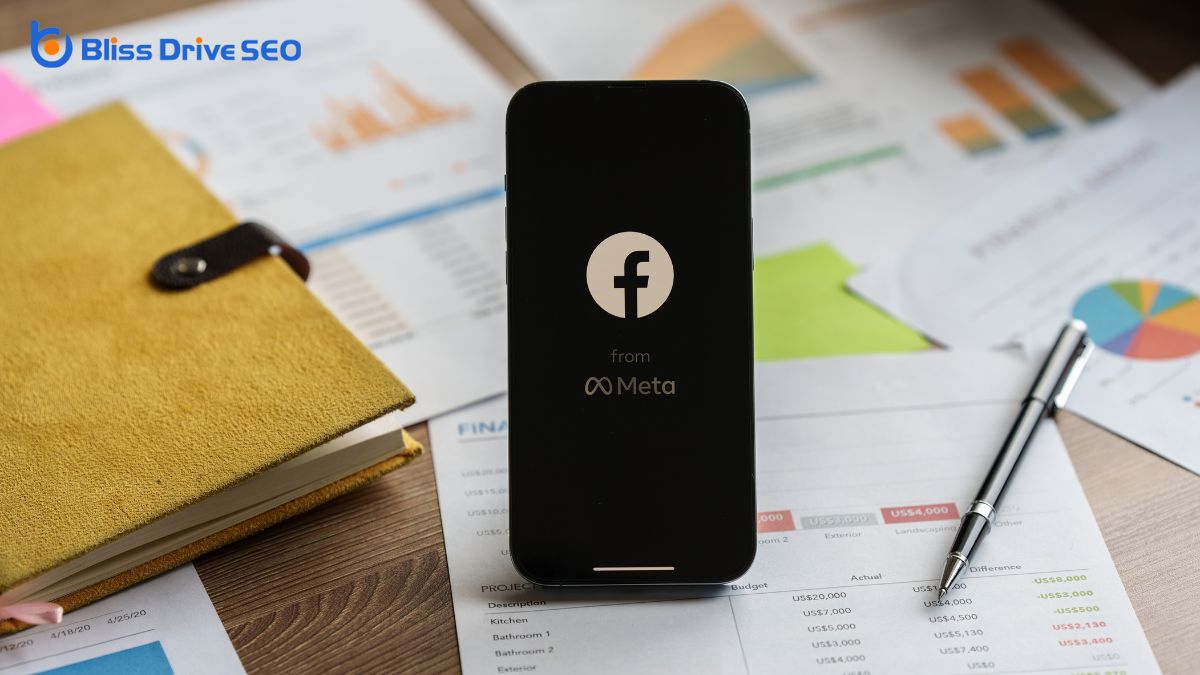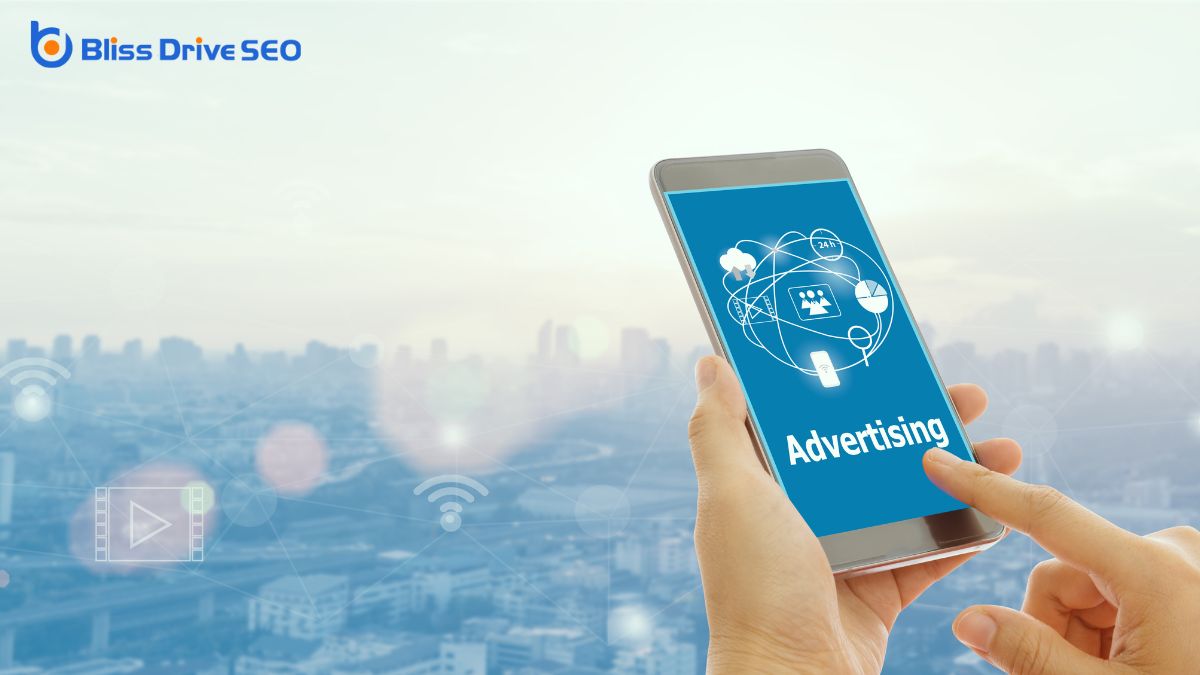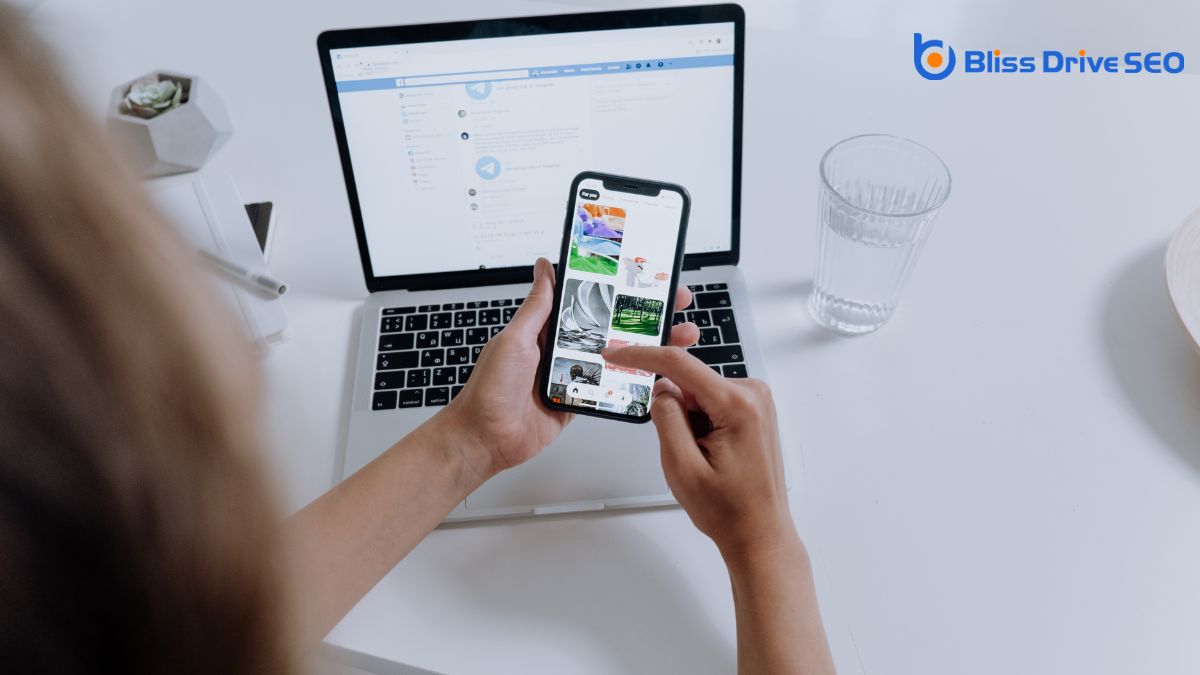Digital Marketing Services
Learn More About Us

FacebookA social networking site where users can post comments, share photographs, and links to news or othe... uses a pay-per-click (PPC)An online advertising model where advertisers pay a fee each time their ad is clicked. model, ensuring you only pay when users interact with your ads. This approach makes your marketing cost-efficient and aligned with your campaignA set of ad groups sharing a budget, targeting options, and other settings. goals. The platform offers a range of ad formats like images, videos, and carousels. It also provides various targeting options to reach your desired audience. To make the most of your advertising budget, understanding ad costs and optimization strategies can be essential. There's more to explore.

Facebook's advertising ecosystem is a powerful machine with a few key components that you should understand to succeed.
First, there's the Facebook Ads Manager, your central hub for creating, managing, and analyzing ad campaigns. You'll also encounter the Audience Network, extending your ads beyond Facebook to other apps and websites.
Understanding targeting options is vital; you can specify demographics, interests, and behaviors to refine who sees your ads. The creative aspect involves choosing formats like images, videos, or carousels to grab attention.
Budgeting and scheduling allow you to control costs and timing. Finally, analytics toolsSoftware used to track and analyze website performance, user behavior, and marketing efforts. help measure success and optimize future campaigns.
Mastering these elements lets you harness Facebook's full potential, ensuring your ads reach the right audience effectively.
Pay-per-click (PPC) advertising is a dynamic marketing model that charges advertisers only when users interact with their ads. Unlike traditional advertising, where you might pay for ad space regardless of audience engagementThe interactions that users have with a brand’s content on social media., PPC guarantees you're investing directly in user actions.
Imagine displaying your ad to thousands, but you only pay when someone actually clicks on it. This method is cost-effective and results-driven, allowing you to set budgets and measure success easily.
When you use PPC, you control your spending and target audience. You can choose specific demographics, interests, and keywordsWords or phrases that users type into search engines to find information. to guarantee your ads reach the right people.
This precision maximizes your return on investment. Understanding PPC empowers you to create campaigns that align with your marketing goals, optimizing both reach and cost-efficiency.
While traditional PPC models charge you per click, Facebook's cost structure introduces unique elements that set it apart. On Facebook, you don't just pay for clicks; you choose between cost-per-click (CPC), cost-per-impression (CPM), and other bidding options.
This flexibility lets you tailor your ad spending to your goals, whether it's driving traffic, increasing visibility, or boosting engagement. You can set daily or lifetime budgets, giving you control over how much you spend.
Facebook's algorithm also plays a role in optimizing your ad delivery based on your objectives, audience, and budget. This dynamic approach can maximize your return on investment without needing constant oversight.
Understanding these options helps you make informed decisions, ensuring your advertising strategy aligns with your business objectives.
When you're exploring Facebook's ad formats, you'll find options like image, video, carousel, and collection ads, each tailored for different marketing goals.
Understanding the pricing structure is essential, as costs can vary based on factors like ad placement, competition, and targeting specifics.
With this knowledge, you can effectively plan your budget and maximize your ad spendThe total amount of money spent on advertising campaigns..
Exploring Facebook's ad format options reveals a variety of choices tailored to your specific marketing goals and budget.
From image ads to video adsAdvertisements that play video content, often on platforms like YouTube or social media., each format serves a distinct purpose. Image ads are straightforward and great for grabbing attention quickly. Video ads, on the other hand, allow you to tell a more engaging story.
Carousel ads showcase multiple images or videos in a single ad, ideal for displaying different products or features. Collection ads offerThe specific product or service being promoted by affiliates. a full-screen experience for mobile users, enhancing engagement.
Costs vary depending on format and campaign objectives. For instance, video ads might cost more due to higher engagement rates.
Understanding Facebook's pricing structure for ads can greatly impact your advertising strategy.
Facebook offers various ad formats, each coming with its own cost considerations. Here's a quick breakdown to help you navigate:
To get the most out of your Facebook ad spend, you must adopt effective strategies that maximize your return on investment.
Start by targeting the right audience. Use Facebook's detailed targeting options to reach users who are most likely to engage with your ads.
Experiment with different ad formats and placementsSpecific websites or locations within websites where ads can appear. to see what resonates best with your audience.
Don't forget to set a realistic budget and bid strategyThe approach to setting bids for ads to achieve specific goals, like maximizing clicks or conversion... that aligns with your campaign goals.
A/B testingA method of comparing two versions of a web page or app against each other to determine which one pe... is vital—compare different versions of your ads to find the most effective elements.
Regularly review your ad performance and adjust based on data.
Keep your ad content fresh and engaging to prevent ad fatigueWhen an audience becomes overly exposed to an ad, leading to decreased engagement..
Finally, leverage remarketing to re-engage users who've shown interest.
How can you tell if your Facebook ads are hitting the mark? Start by diving into Facebook's analyticsThe systematic computational analysis of data or statistics to gain insights and support decision-ma... tools. They offer valuable insights to gauge your ad success.
Here's what to focus on:

When comparing Facebook Ads to other PPC platforms, you'll want to evaluate the targeting capabilities each offers.
Facebook provides detailed demographic and interest-based targeting, which can be more precise than other platforms.
However, you should also analyze cost-effectiveness to determine if Facebook Ads truly provide the best return on your investment.
While Facebook Ads has carved out a nicheA specific segment of the market targeted by affiliates to promote products or services. with its intricate targeting capabilities, it's essential to see how it stacks up against other PPC platforms.
Facebook allows you to target users based on age, location, interests, and behaviors, which is quite powerful. But how does it compare to others like Google Ads and LinkedInA professional networking site used for career and business networking.?
Each platform has its unique strengths, so consider your goals.
Striking a balance between cost and effectiveness in advertising is essential, but how do Facebook Ads measure up against other PPC platforms? You might find that Facebook Ads offer competitive pricing compared to Google Ads or LinkedIn Ads.
With Facebook, you're able to set flexible budgets and bid strategies, allowing more control over your spending. It often boasts a lower cost-per-click (CPC) for certain industries, which can enhance your return on investment.
However, effectiveness isn't just about cost. Facebook's robust targeting tools can help you reach a more specific audience, potentially leading to better engagement rates.
While Google Ads excels in search intent-driven traffic, Facebook Ads shines in audience targeting and brand awarenessThe extent to which consumers are familiar with the qualities or image of a particular brand.. By analyzing your goals, you can determine which platform offers the best value.
By now, you understand that Facebook doesn't operate on a traditional pay-per-click model but rather offers a range of pricing structures tailored to your goals. You can choose from various ad formats, each with unique costs, and optimize your spending through strategic planning. Measuring success is key, so always track your ads' performance. When comparing Facebook to other PPC platforms, you'll find unique advantages that can enhance your advertising efforts and maximize your return on investment.
